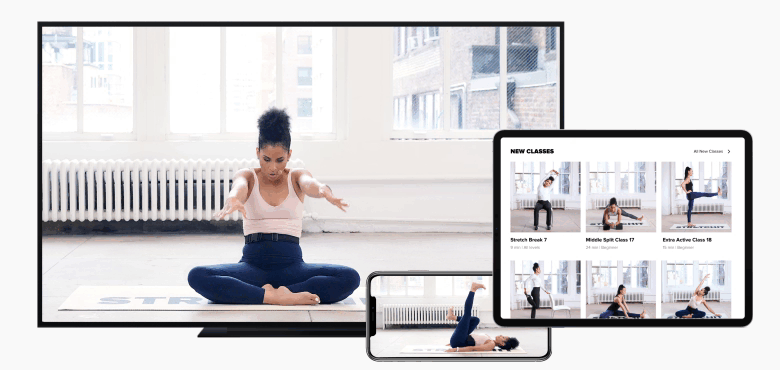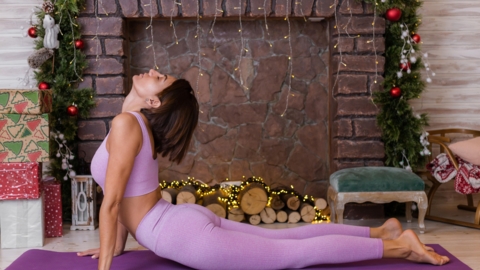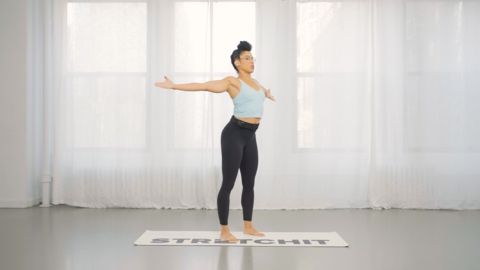Why Thoracic Spine Mobility Matters More Than You Think

When people talk about improving posture or stretching tight shoulders, they often overlook one critical area: the thoracic spine. That’s the middle segment of your spine – the part that runs roughly from the base of your neck to the bottom of your ribcage. It's easy to ignore, but when it's stiff, it affects everything from how you breathe to how deep you can go in your backbends.
Whether you're working toward better posture, increased flexibility, or simply want to feel less stiff during the day, improving your thoracic spine mobility is essential. Here’s why it matters - and what you can do about it.
What Is the Thoracic Spine?
The thoracic spine consists of 12 vertebrae (T1 to T12) and connects to your ribcage. It supports your upper body and plays a major role in rotation, extension, and flexion of the upper spine. Unlike the cervical (neck) and lumbar (lower back) regions, the thoracic spine is built more for stability but that doesn’t mean it shouldn’t move.
Unfortunately, due to modern life (hello, desk jobs and smartphones), the thoracic spine often becomes locked up. We get stuck in a forward-flexed posture, which limits rotation and extension, and places extra stress on the neck, lower back, and shoulders.

Why Thoracic Spine Mobility Is So Important
When your thoracic spine doesn’t move well, your body compensates. That can lead to pain or limitations in areas that shouldn’t be doing all the work.
Here’s how limited thoracic mobility can impact you:
- Posture: A stiff upper back contributes to rounded shoulders and forward head posture.
- Shoulder mobility: Without adequate thoracic extension, overhead movements become harder (and riskier).
- Backbends: If your thoracic spine can’t extend, your lower back will try to do it all - often leading to compression and pain.
- Breathing: A mobile upper spine allows the ribcage to expand more fully, improving breath quality.
- Twists: Much of your body’s rotation comes from the thoracic spine. If it’s not moving, you’ll feel it in your neck or hips.
If you're working on your flexibility, especially in backbends, splits, or shoulder mobility - your thoracic spine is a key piece of the puzzle.
Signs You Might Have Limited Thoracic Mobility
Not sure if this applies to you? Here are a few common signs:
- Your upper back feels “stuck” or rounded most of the time.
- You find it hard to reach overhead without arching your lower back.
- You feel compression or pinching in your lumbar spine during backbends.
- Twisting motions feel stiff or uneven.
- You tend to breathe into your neck and chest instead of your ribs and belly.
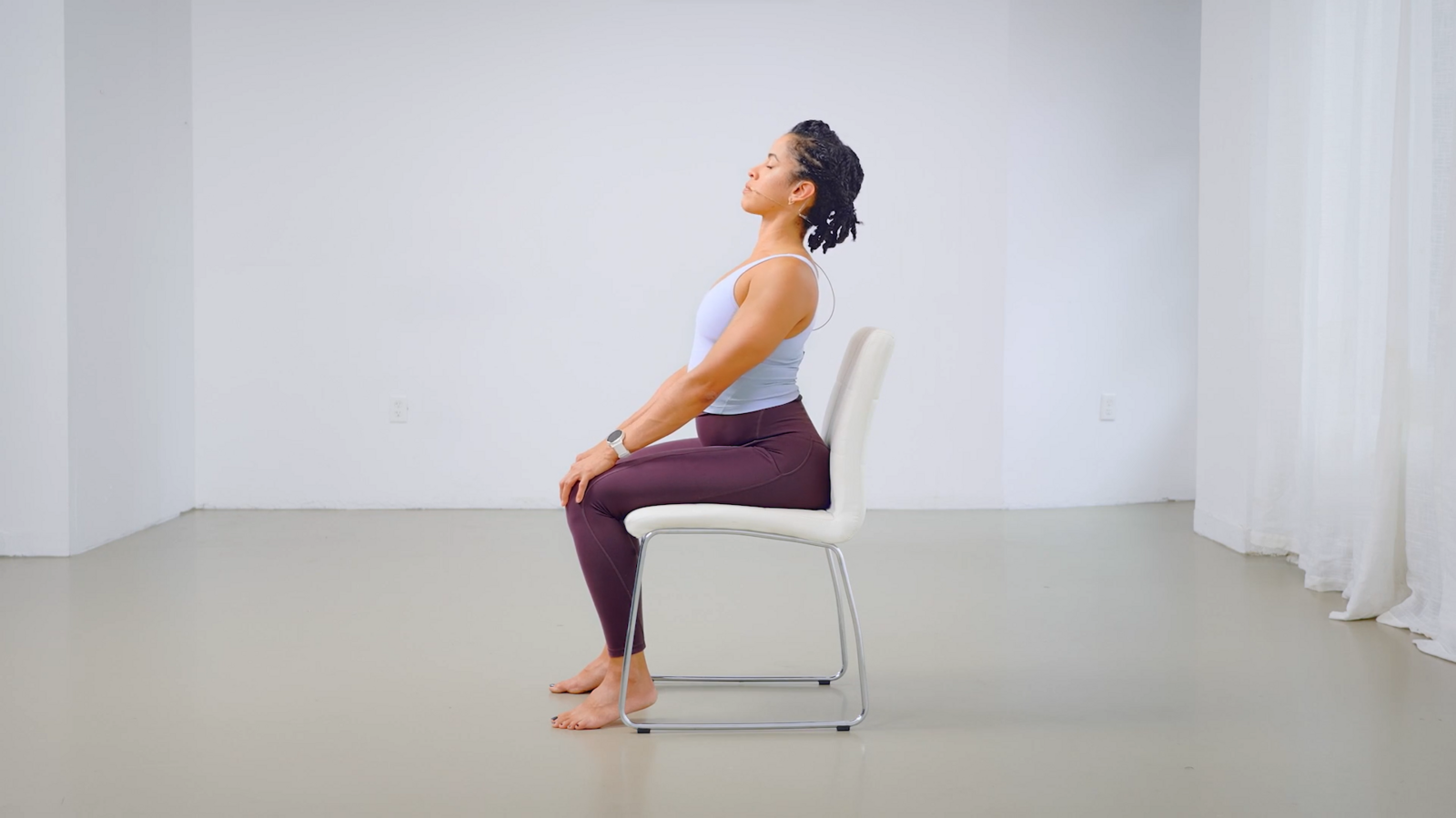
How to Improve Thoracic Spine Mobility
The good news? Thoracic mobility can absolutely improve with smart, consistent movement. Here are a few things to keep in mind:
1. Incorporate Thoracic Extension Drills
Movements like Seated Cat-Cow, thread the needle, and foam roller extensions are great for encouraging spinal extension without putting strain on the lower back.
Try this: Sit tall and slowly arch your upper back as you inhale, lifting your chest and gently squeezing your shoulder blades together. Exhale and round through the spine. Repeat slowly with awareness.
2. Add Rotation Work
Use gentle spinal twists to encourage thoracic rotation. Seated or lying spinal twists can help, especially when done slowly and with intention.
3. Free the Ribcage
Your ribs attach directly to the thoracic spine. Exercises that encourage ribcage mobility (like lateral side bends and deep breathing) can also improve spinal movement.
4. Train Mid-Back Strength
Mobility isn’t just about stretching - it’s also about control. Strengthening the muscles between your shoulder blades (rhomboids, lower traps) supports better posture and control in movement.
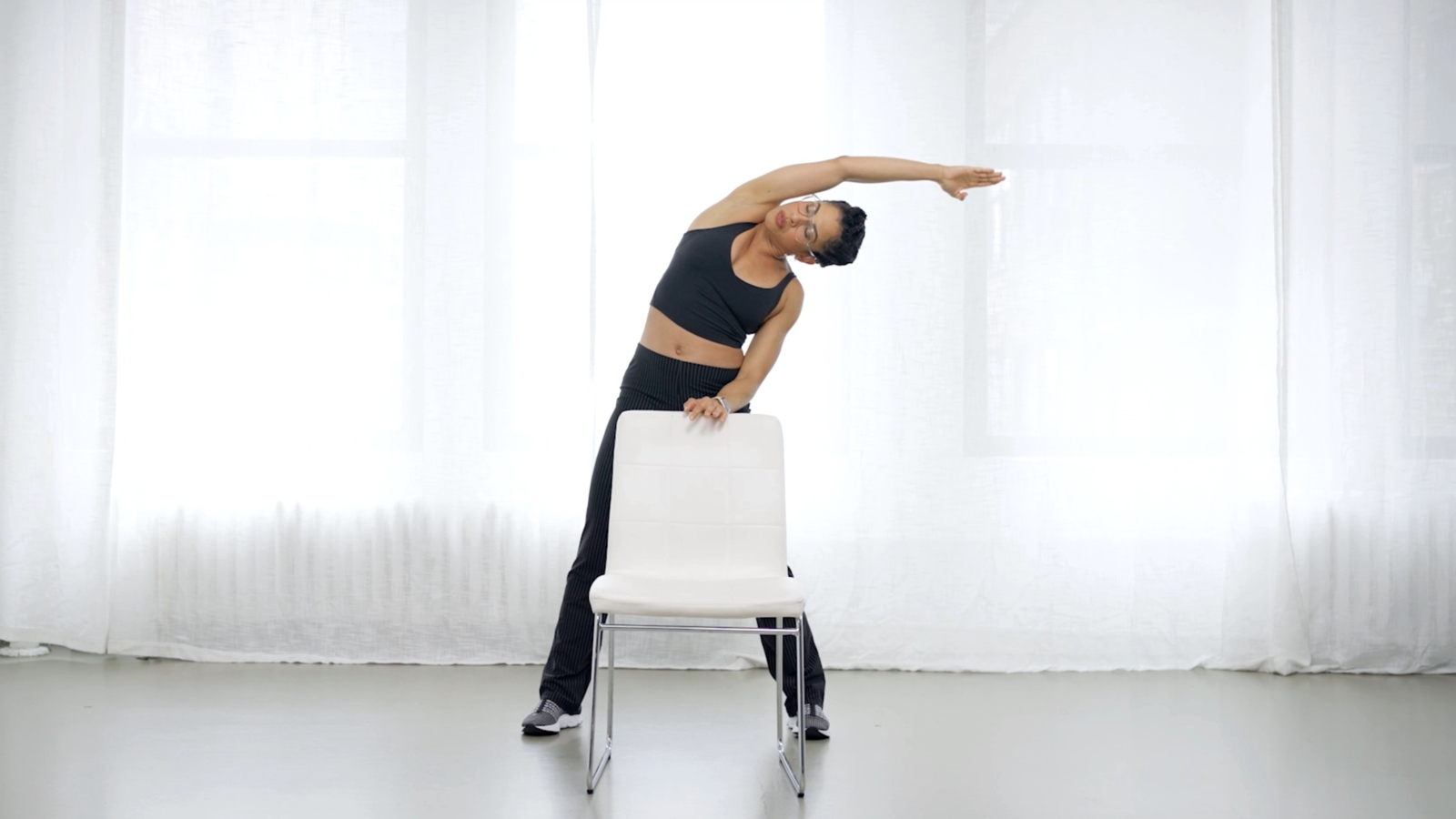
Final Thoughts
Your thoracic spine might not be as “glamorous” as the neck or lower back, but it’s often the missing link in better posture, pain-free movement, and lasting flexibility progress.
So next time you're stretching or training, don’t forget to check in with your upper back. Mobilizing your thoracic spine might just be the key to unlocking deeper, more comfortable movement - on the mat and in everyday life.
Want to improve your spine mobility with guided routines?
Explore expert-led stretching programs and classes on the STRETCHIT app. Whether you’re working on posture, backbends, or simply want to feel better in your body, we’ve got something for every level. Start your journey with FREE trial.

